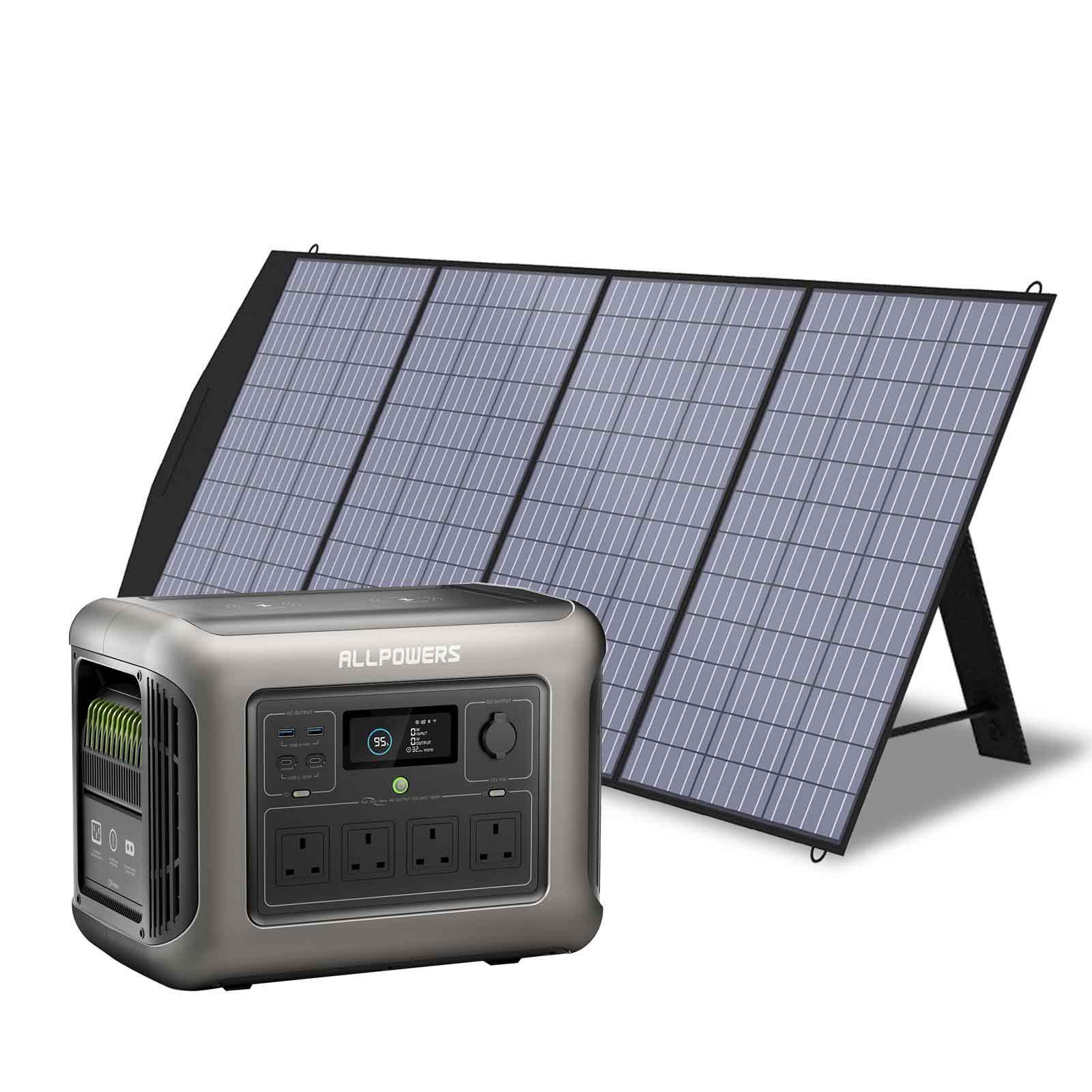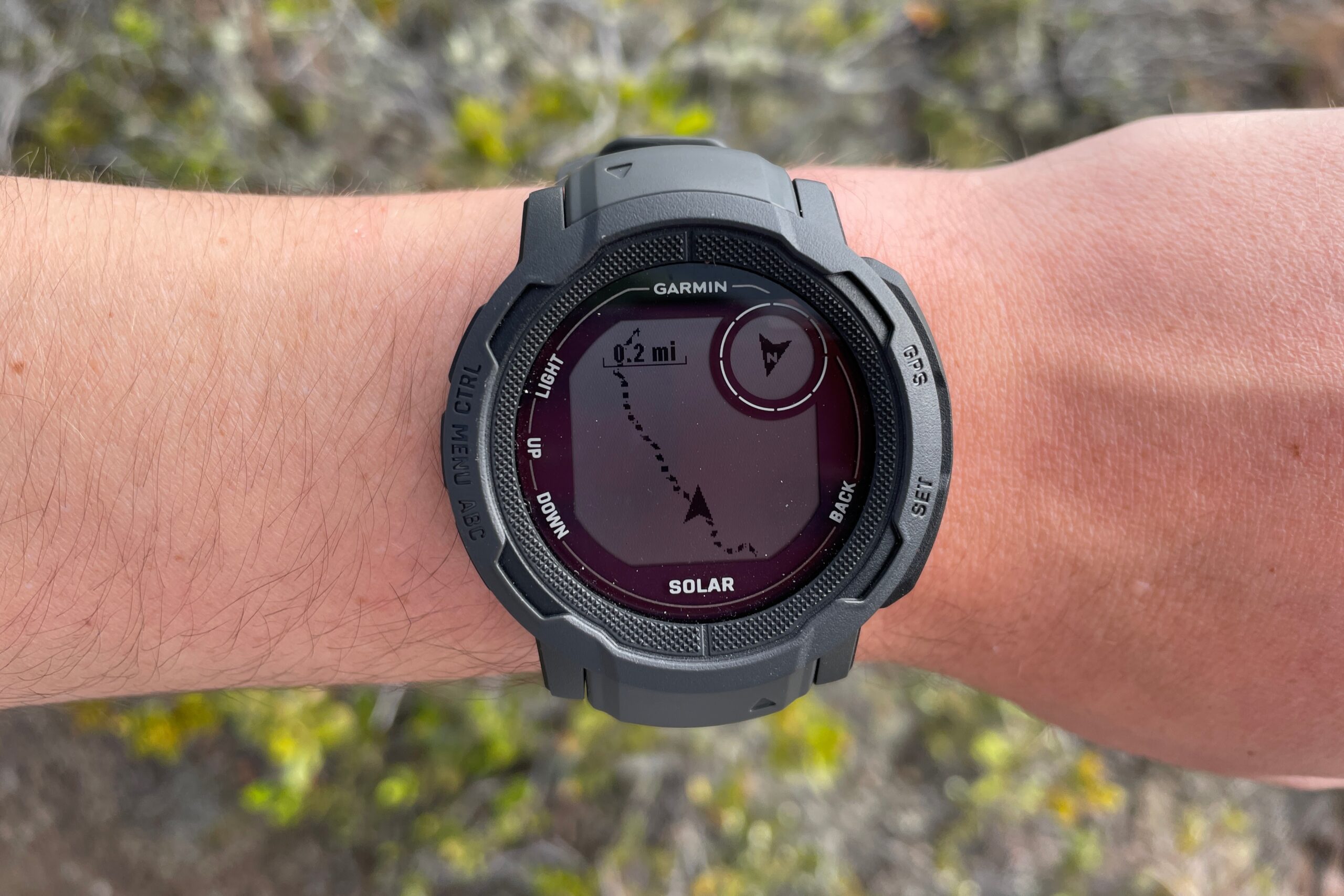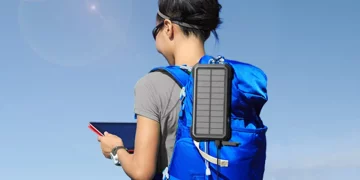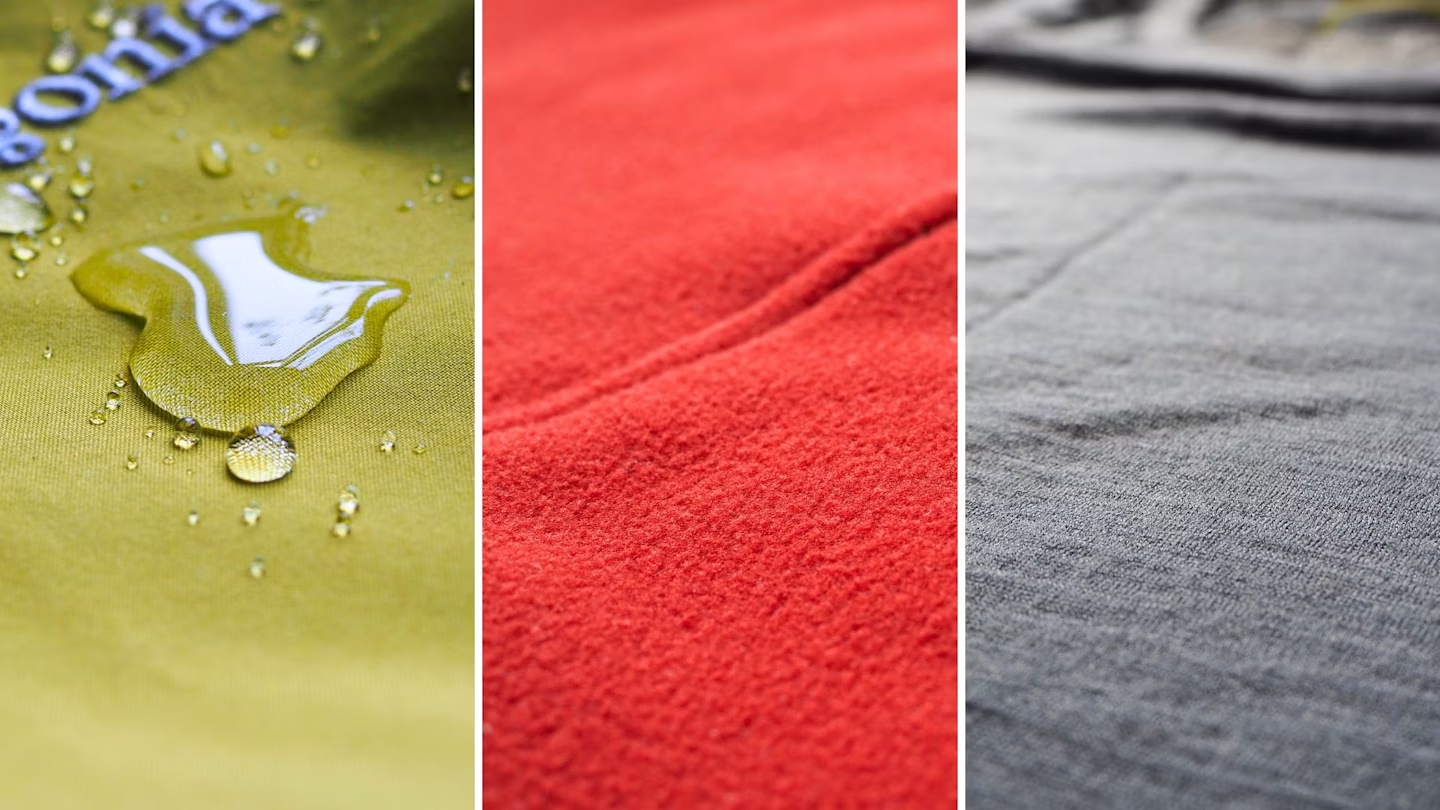In an age where the hum of a smartphone is ever-present and the clouds are filled with digital data, the survival gear industry has seen its own evolution. From rugged, no-frills knives to sophisticated, tech-driven gadgets, the line between traditional and modern gear is becoming increasingly blurred. But as technology weaves its way into the fabric of survival gear, the question arises: Does it truly make your survival kit smarter, or is it just a flashy gimmick?
This article delves into the intersection of survival gear and technology, exploring how innovative tools can enhance your ability to survive in the wild, and whether they come with trade-offs.
The Shift from Analog to Digital: A New Era for Survival Gear
Not too long ago, survival gear was straightforward. A knife, a firestarter, a map, and a compass—these were the staples of any survivalist’s kit. But as technology advanced, new tools began to find their way into backpacks, transforming the way we think about survival.
Now, it’s not just about basic survival; it’s about enhancing efficiency, reducing weight, and even creating tools that offer real-time data in life-threatening situations. Tech-driven survival gear now includes items like GPS watches, multi-functional tools with built-in sensors, solar-powered chargers, and even advanced communication systems for staying connected in the wild.
But are these innovations truly making survival gear smarter, or are we overcomplicating something that was once simple?
The Benefits of Technology in Survival Gear
1. Real-time Data and GPS: Never Get Lost Again
One of the primary advancements in survival gear is the integration of GPS systems. In a world where being lost in the wild can be a life-or-death situation, GPS devices have become a game-changer. Wearable tech like smartwatches equipped with GPS and mapping tools can help you navigate unfamiliar terrain without the need for a traditional compass or paper map.
These devices offer real-time information, such as altitude, location, and distance traveled. Whether you’re hiking a well-trodden path or venturing off the grid, knowing exactly where you are at any given moment can dramatically reduce the risks of getting lost.
2. Smart Fire Starters: Precision and Reliability
Fire is one of the most crucial components of survival. It provides warmth, boils water, and serves as a signal for rescuers. While traditional fire-starting methods like flint and steel or matches have served their purpose for centuries, modern technology has introduced fire starters that use electricity, arc lighters, or even compact plasma torches. These gadgets are not only more efficient but also less susceptible to environmental conditions like wind and rain, which can often make traditional fire-starting techniques unreliable.

3. Solar Power: Harnessing the Sun’s Energy
Battery-powered survival gadgets are incredibly useful, but they require a source of power that may not always be readily available in remote environments. Enter solar-powered gear. Solar chargers, lanterns, and power banks provide a reliable source of energy by harnessing the power of the sun, ensuring your devices stay functional, even when you’re deep in the wilderness.
These tools make it possible to charge phones, radios, or other essential devices without needing to rely on disposable batteries. The energy independence provided by solar technology can be a crucial factor in extended survival scenarios.
4. Survival Drones: A New Dimension in Rescue and Exploration
While the idea of using a drone in a survival situation may sound futuristic, these devices have practical applications that could save lives. Drones are already being used by rescue teams to locate stranded individuals, and they can help survivors assess their surroundings, identify hazards, or even locate food and water sources.
Some survival drones come with thermal imaging, allowing you to spot heat signatures from a distance—perfect for locating other survivors or avoiding wildlife threats. They can also be programmed to map terrain and send back live feeds to help with navigation and planning.
The Challenges and Trade-offs of Tech-Enhanced Survival Gear
While technology undoubtedly offers numerous advantages, it’s important to consider the potential downsides when it comes to survival gear.
1. Dependency on Power and Batteries
One of the main issues with tech-enhanced survival gear is its dependency on power. While solar-powered devices address this problem to some extent, many high-tech gadgets still rely on batteries. And in a survival situation, access to fresh batteries could be scarce, or even nonexistent.
For example, a GPS device can be incredibly useful, but once its battery runs out, you’re left without any means of navigation unless you carry extra power sources. This creates a dilemma—do you bring extra batteries or rely on traditional, power-independent tools?
2. Complexity and Training
With the rise of sophisticated tech in survival gear, there is an increasing need for users to understand how to operate these tools. Smart gadgets, while useful, often come with complicated interfaces or require updates and maintenance. This complexity can make certain devices harder to use in high-stress survival situations where simplicity and reliability are paramount.
In contrast, a well-constructed knife or a whistle is nearly foolproof. While these tools don’t offer the bells and whistles of modern tech, their reliability and ease of use make them invaluable in a pinch.

3. Durability Issues in Harsh Conditions
Survival situations often involve extreme conditions—be it freezing temperatures, intense humidity, or rugged terrain. High-tech devices, while built to be durable, may not withstand the same abuse as traditional gear. A smartphone GPS might work perfectly fine on a sunny day, but in freezing temperatures, it could fail or run out of power faster than anticipated.
Additionally, many modern survival gadgets are designed with delicate components that could be damaged if exposed to rough handling or harsh environmental factors. When you’re out in the wild, dropping your device or getting it wet could render it useless, putting you in a precarious situation.
4. Cost Considerations
Technology often comes at a premium, and survival gear is no exception. Many high-tech gadgets are far more expensive than their traditional counterparts. While it’s tempting to think that more expensive gear will provide superior protection, the truth is that the best survival gear is often the simplest. A basic multi-tool or sturdy shelter might be all you really need, and it will likely cost a fraction of the price of a high-tech drone or solar-powered gadget.
Traditional Gear vs. Tech-Enhanced Gear: Striking the Right Balance
When it comes to survival, no single item or technology will make you invincible. The best survival kit is one that combines the wisdom of traditional gear with the innovations that technology offers. For example, a survival knife, compass, and fire starter can form the backbone of your kit, while modern tech such as GPS, solar chargers, and portable water purifiers can enhance your chances of survival and make your experience more comfortable.
The key is knowing when and how to use these tools. A tech-savvy survivalist can gain the advantage of increased efficiency and precision, but they should also maintain a deep understanding of basic survival skills that don’t rely on technology.
For example, a GPS may help you navigate a trail, but knowing how to use a map and compass as a backup can be life-saving when technology fails. Similarly, while a solar-powered charger can keep your devices running, knowing how to start a fire without matches or a lighter is an invaluable skill.
Conclusion: Smarter Survival Gear or a Fancy Distraction?
In the end, whether or not technology makes your survival gear “smarter” depends on your perspective and the situation at hand. High-tech tools can certainly add value, offering real-time information, precision, and efficiency in survival scenarios. However, they also come with limitations, such as power dependence, complexity, and vulnerability in harsh environments.
Survival is ultimately about adaptability and resourcefulness. The smartest survivalists are not those who rely solely on technology, but those who can combine the best of both worlds—traditional survival skills and modern tools. The balance between the two is where true survival expertise lies.
As technology continues to evolve, the definition of “smart” survival gear will undoubtedly shift. But whether you’re relying on a high-tech GPS or an old-fashioned compass, the most important thing remains the same: being prepared for whatever the wilderness throws your way.























